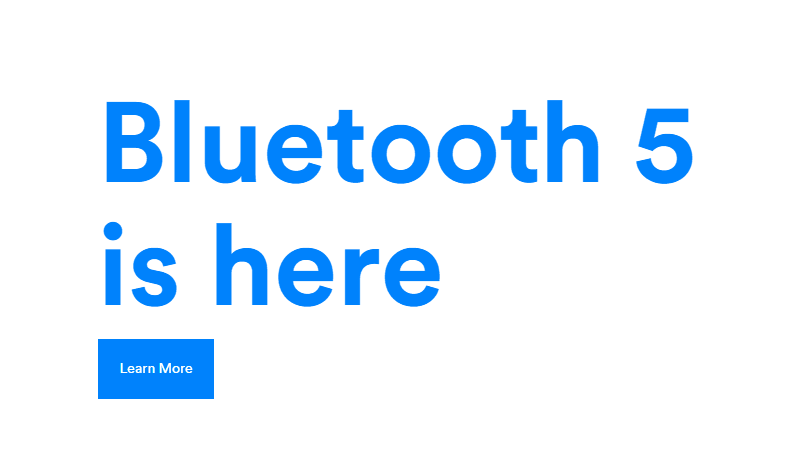In a bid to improve location-based services, the Bluetooth Special Interest Group (SIG) is adding a new direction finding feature to the version 5.1, combining its existing object-tracking technology with radio direction to enable tracking a device to centimetre-level location accuracy. By including the new direction finding feature, Bluetooth proximity solutions could add support for device direction capability, the Bluetooth SIG wrote in a blog post on Monday.

Bluetooth-enabled proximity solutions and positioning systems use the wireless technology to determine the physical location of devices with real-time locating systems (RTLS) and fuel item finding solutions like personal property tags as well as point-of-interest (PoI) information solutions.
Right now, Bluetooth systems track items by measuring their signal strength within the high accuracy range of one and 10 meters. "Location services is one of the fastest growing solution areas for Bluetooth technology and the Bluetooth community continues to seek ways to further grow this market with technology enhancements that better address market needs worldwide," said Mark Powell, Executive Director, Bluetooth SIG.
The new direction finding feature is intended to help Bluetooth enable the deployment of improved location services in the existing markets and expand its use-opportunities for newer apps and cases.
"Location-based services are forecasted to reach over 400 million products per year by 2022," Powell added.
While the Bluetooth SIG tool -- that is used to qualify new Bluetooth products is being updated to support this feature, version 5.1 of the Bluetooth core specification has been made available to the developers. Founded in September 1998, the Bluetooth SIG is the standards organisation that oversees the development of Bluetooth standards and the licensing of Bluetooth technologies and trademarks to manufacturers.















